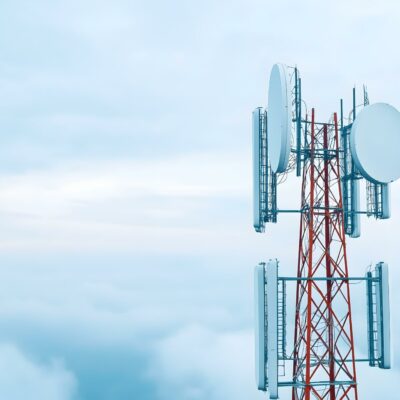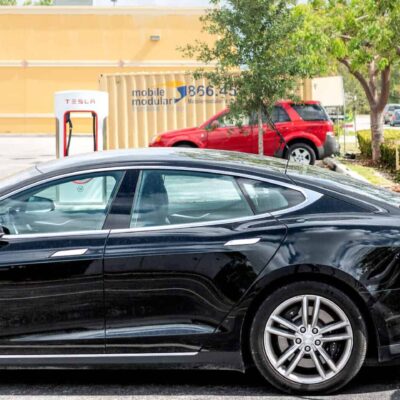December 08, 2022 – New York, NY – Over the past year, WIT Legal, LLC (“WIT”), the leading consulting and testifying expert witness agency, has experienced increasing success resulting from its strategic focus on four industries within Intellectual Property (IP) litigation—automotive, fintech, gaming, and wireless communications. The company has been engaged in complex matters involving major industry players requiring highly credentialled technical experts and industry insiders within each industry.
“This year, we placed a strategic focus on four industries facing unprecedented legal risk,” said Michael Connelly, WIT President. “I think a large part of our success can be attributed to the caliber and breadth of the experts with whom we affiliate in these areas and to the diligence and knowledge of the WIT team supporting those matters.”
Michael Connelly, an attorney with more than 25 years of experience litigating intellectual property disputes, was promoted to President in November. In his career, he has managed dozens of patent licensing campaigns and has extensive experience managing cases pending in district court, the PTAB, and the ITC. He was also a partner in the intellectual property practice at McDermott Will & Emery. Connelly joined WIT in 2018 as the Head of the IP division and is now responsible for driving the company’s strategic plan and success.
“We give our clients a competitive edge because, as former practicing attorneys, experts, and legal professionals, we understand the nature of litigation,” Connelly said. “Not only have we assembled teams of the best experts in trending areas, but we also advise clients on how to utilize them best to enhance a case strategy.”
WIT has been retained by many of the established companies and new entrants in the automotive industry, most of the big-name telecom companies, several financial technology firms, and a few of the largest players in the gaming industry.
The company has significantly expanded its team of cryptocurrency experts to include experts in the various forms of crypto assets, trading platforms, and industry standards and practices. The team consists of leading academics, established industry veterans, technologists, and financial experts who assist in civil, regulatory, and criminal actions involving companies and individuals in the crypto industry.
WIT will continue to add to its areas of focus in 2023 and to build teams of experts in emerging segments of litigation.
“I am very proud of the company’s growth and of the high level of service we provide to both our clients and our affiliates alike,” states WIT’s Chief Executive Officer, Paul Neale. “We have big plans for 2023 and beyond, and Mike Connelly is the person who will lead our terrific team into the future.”
About WIT Legal, LLC.
WIT is the only expert witness agency representing the world’s top consulting and testifying experts. By anticipating major trends in litigation, WIT proactively builds teams consisting of academic and industry experts who have the credentials and experience to address our clients’ needs. WIT has redefined the expert witness industry by bringing experts in the highest demand together under one virtual roof.
For more information about WIT, visit WITlegal.com and follow us at @WITexperts.
Media Inquiries:
Cindy Siegel
Director of Marketing, WIT Legal, LLC
media@WITlegal.com




